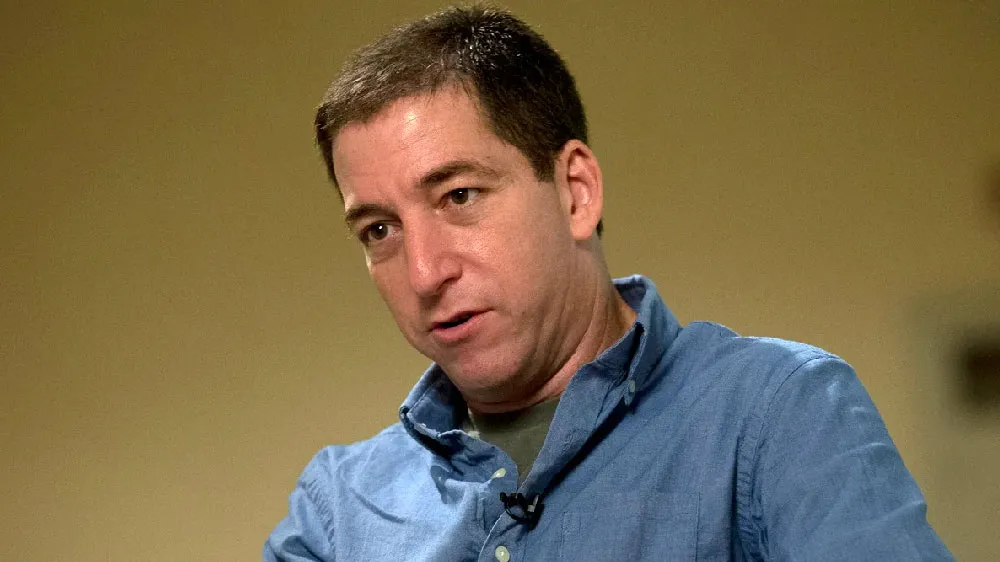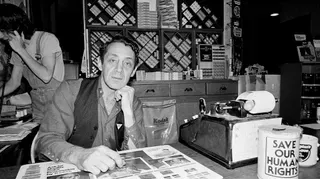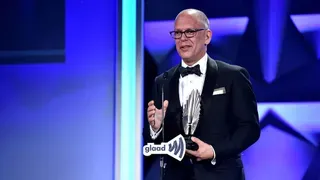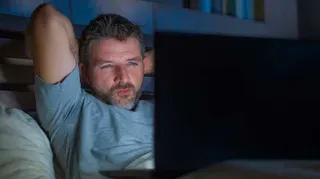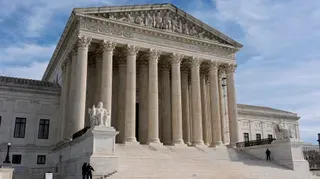June 20, 2013
HPV Vaccines Cut in Half in Teen Girls
Winnie McCroy READ TIME: 3 MIN.
A vaccine against a cervical cancer virus cut infections in teen girls by half in the first study to measure the shot's impact since it came on the market. The results impressed health experts and a top government top health official called them striking.
The research released Wednesday echoes studies done before the HPV vaccine became available in 2006. But the new study is the first evidence of just how well it works now that it is in general use.
Only about half of teen girls in the U.S. have gotten at least one dose of the expensive vaccine, and just a third of teen girls have had all three shots, according to the latest government figures.
"These are striking results and I think they should be a wake-up call that we need to increase vaccination rates," said Dr. Thomas Frieden, director of the Centers for Disease Control and Prevention.
Cervical cancer is caused by certain types of the common sexually transmitted virus called HPV, for human papillomavirus. The vaccine, which costs about $130 per dose, protects against a few of those strains, including two blamed for 70 percent of cervical cancers. The shots work best if given before someone is sexually active so the emphasis has been on giving the shots to 11- and 12-year olds.
The CDC study compared infection rates in girls ages 14 to 19 before and after the vaccine became available. The proportion infected with the targeted HPV strains dropped 56 percent, from about 12 percent before the vaccine was sold to 5 percent. That result was for all teens after it was on the market, whether or not they were vaccinated.
Among girls who had gotten the vaccine, the drop in HPV infections was higher -- 88 percent.
There are two vaccines against HPV, but the study mainly reflects the impact of Gardasil, the Merck & Co. vaccine that came on the market in 2006. A second vaccine approved in 2009 -- GlaxoSmithKline's Cervarix -- probably had relatively little bearing on the results, said the CDC's Dr. Lauri Markowitz, the study's lead author.
Both vaccines are approved for use in males and females -- in ages 9 to 26 for females, and 9 to 21 in males. The vaccine was only recommended for boys in late 2011, and the CDC has not yet reported data on how many boys have gotten the shot since then. HPV vaccination requires three shots over 6 months.
An estimated 75 to 80 percent of men and women are infected with HPV during their lifetime. Most don't develop symptoms and clear it on their own. But some infections lead to genital warts, cervical cancer and other cancers. The study didn't look at cervical cancer rates. It can take many years for such cancers to develop, and not enough time has passed to know the vaccine's impact on cancer rates, CDC officials said.
The study involved interviews and physical examinations of nearly 1,400 teen girls in 2003 through 2006 and of 740 girls in 2007 through 2010.
The vaccine's impact was seen even though only 34 percent of the teens in the second group had received any vaccine. That could be due to "herd immunity" -- when a population is protected from an infection because a large or important smaller group is immune.
Only about 20 percent of those vaccinated got all three doses. That result will likely feed an ongoing discussion about whether all three doses are necessary, Markowitz said.
Overall, the study found no significant change over time in the proportion of teens who'd ever had sex and in those who had multiple sex partners. However, it did find that a higher percentage of vaccinated teens said they'd had three or more sex partners.
That could have driven down infection rates, Markowitz noted, if the teens who got vaccinated were the ones at highest risk of getting an infection and spreading it.
The research was released online by the Journal of Infectious Diseases.
Winnie McCroy is the Women on the EDGE Editor, HIV/Health Editor, and Assistant Entertainment Editor for EDGE Media Network, handling all women's news, HIV health stories and theater reviews throughout the U.S. She has contributed to other publications, including The Village Voice, Gay City News, Chelsea Now and The Advocate, and lives in Brooklyn, New York.
